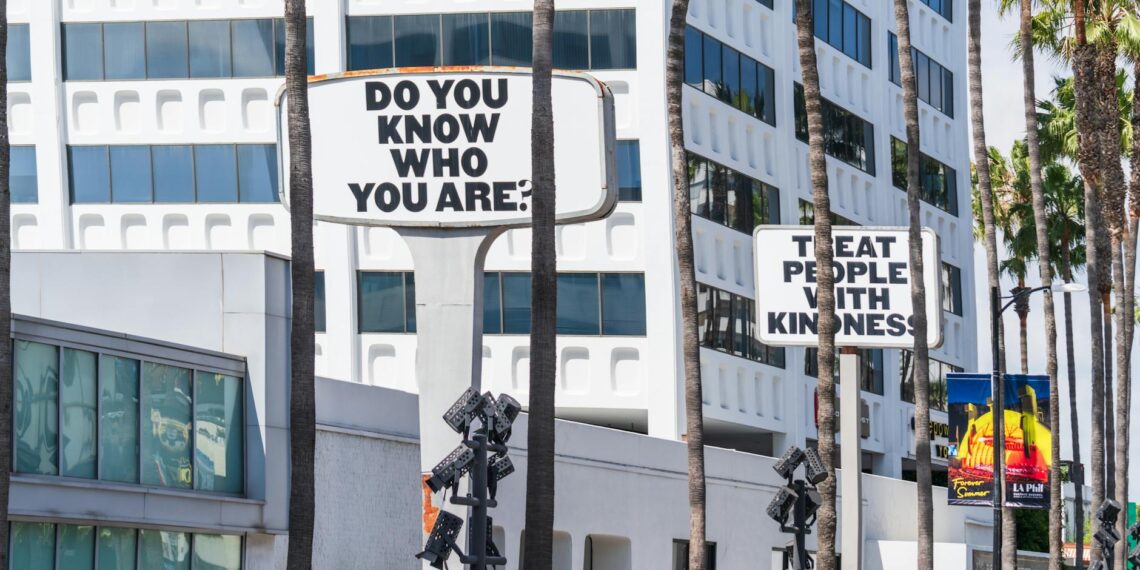Here’s how you can tell if a coin is uncirculated:
- Look for original mint luster and the “cartwheel effect.” When a coin is first struck at the mint, the process creates a distinct sheen or luster. Uncirculated coins should retain this, and when tilted under a light, you might observe a “cartwheel effect” where light dances across the surface.
- Check for the absence of wear and tear, especially on the high points of the design. Uncirculated coins have never been used in transactions, so they won’t have the scratches, abrasions, or flattened features that come from handling and circulation.
- Inspect the sharpness of the details. The striking quality of uncirculated coins is generally superior to circulated coins, resulting in crisp and clear design elements.
- Consider if the coin has a Certificate of Authenticity (CoA) or original packaging. Some mint sets and certain collectible coins are sold with documentation that verifies their uncirculated condition. However, not all uncirculated coins come with this paperwork, especially older ones.
- Look for minor imperfections (like bag marks or slight blemishes) These might be present on uncirculated coins due to contact with other coins during the minting process or while being packaged or transported. However, these are distinct from the wear that would occur through circulation.
- Use the Sheldon Grading Scale for uncirculated coins. If the coin has been professionally graded, look for a grade ranging from MS-60 to MS-70. MS-70 is considered a perfect uncirculated coin, while lower MS grades might show minor imperfections like contact marks or less luster.
- Seek professional evaluation from a reputable coin dealer or grading service if you’re unsure. They can accurately determine a coin’s condition and value.
Uncirculated coins are a desirable part of many collections due to their pristine condition, sharp details, and the potential for appreciation over time. By paying close attention to the factors above, you can increase your confidence in identifying uncirculated specimens.









How do you identify an uncirculated coin?
Circulated coins will have scratches and wear from handling, while uncirculated coins will be free of these marks. Look at the coin’s edge. Circulated coins often have nicks or gouges, while uncirculated coins have smooth edges. Look at the coin’s luster.
Is an uncirculated coin worth anything?
It’s very unlikely to find old coins in uncirculated condition, and if you do they are likely to cost a much higher price than face value. This can make sourcing specific coins difficult. That is why buying uncirculated coins is an avenue for acquiring them.
How can you tell if a quarter is circulated or uncirculated?
Great question! You can tell if a coin is uncirculated by checking for the cartwheel effect ; when tilted under a light source, the light should dance across its surface without any scratches or marks. Additionally, uncirculated coins will have smooth edges and a bright luster, free of wear from handling.
What coin grade is considered uncirculated?
Because Uncirculated coins represent greater quality and scarcity, they carry higher values. Uncirculated grades range from MS-60 Typical to MS-70 Perfect. Most Uncirculated coins range from MS-60 to MS-63+, as very few coins meet the technical standards for MS-65 or higher.